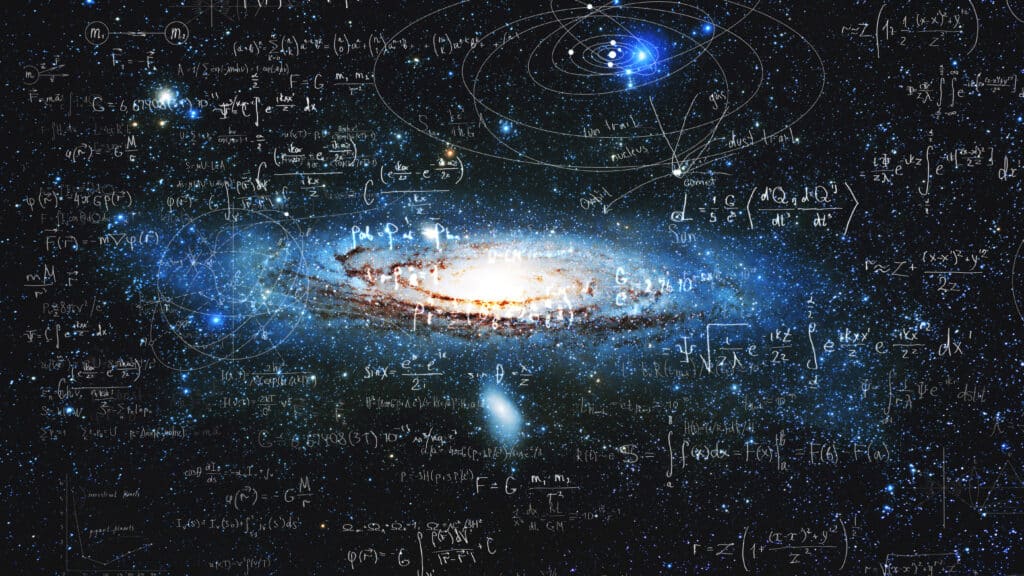Astronomers have utilized some of the most advanced computing technologies to simulate the evolution of the universe, marking a significant stride in our understanding of the cosmos. The project, known as FLAMINGO, is the most comprehensive simulation of its kind, tracing the universe’s development from the Big Bang to the present day.
Led by an international team of experts stretching from the U.K. to the Netherlands, the FLAMINGO simulations are unique. They don’t just focus on the mysterious “dark matter,” a substance invisible to our telescopes and yet a principal constituent of the universe. Instead, they also incorporate ordinary matter — what makes up stars, planets, and even us — as well as elusive particles called neutrinos.
“Although the dark matter dominates gravity, the contribution of ordinary matter can no longer be neglected since that contribution could be similar to the deviations between the models and the observations,” says Joop Schaye, a professor at Leiden University and principal investigator for FLAMINGO, in a statement.
But what does all of this mean? To understand the context, we need to delve into what scientists refer to as the “standard model of cosmology.” This model is the current widely accepted theory used to explain various phenomena in the universe. One of the critical components of this model is dark matter, which does not emit, absorb, or reflect light, making it invisible and detectable only through its gravitational effects.

Previous simulations have largely focused on cold dark matter, hypothesized to be instrumental in the cosmic structure. Yet, the FLAMINGO project recognizes the need to consider the “ordinary” matter, which comprises only sixteen percent of all matter in the universe, and neutrinos, incredibly tiny particles that scarcely interact with normal matter. These elements, though less dominant than dark matter, play a crucial role in the cosmic tapestry.
The new simulations were computed on a powerful supercomputer in Durham, England, taking over 50 million processor hours to complete. The level of detail they provide is unprecedented, allowing researchers to make predictions and test theories with extraordinary precision.
This advancement comes at a pivotal time. New telescopes, like the James Webb Space Telescope and the international “Dark Energy Survey Instrument,” are collecting vast quantities of data about distant cosmic entities. This information, while invaluable, also presents challenges, highlighting inconsistencies between what we observe and what current cosmological theories predict.
“Cosmology is at a crossroads,” says co-author Carlos Frenk, a professor of Fundamental Physics at Durham University’s Institute for Computational Cosmology. “We have amazing new data from powerful telescopes some of which do not, at first sight, conform to our theoretical expectations. Either the standard model of cosmology is flawed or there are subtle biases in the observational data. Our super precise simulations of the universe should be able to tell us the answer.”
By comparing the virtual universe created by FLAMINGO with real astronomical observations, scientists hope to refine or rethink our cosmic theories, making this project integral to future space research.
Behind the scenes, making FLAMINGO a reality required immense computational power and technological innovation. The team developed a new code, named SWIFT, to efficiently manage the enormous computational workload, sometimes engaging as many as 65,000 central processing units (CPUs) for the task.
The findings from the FLAMINGO simulations, funded by several European research councils, are published in the journal Monthly Notices of the Royal Astronomical Society. As researchers worldwide access this treasure trove of (virtual) data, opportunities for new theoretical discoveries abound, potentially reshaping our understanding of the universe.












